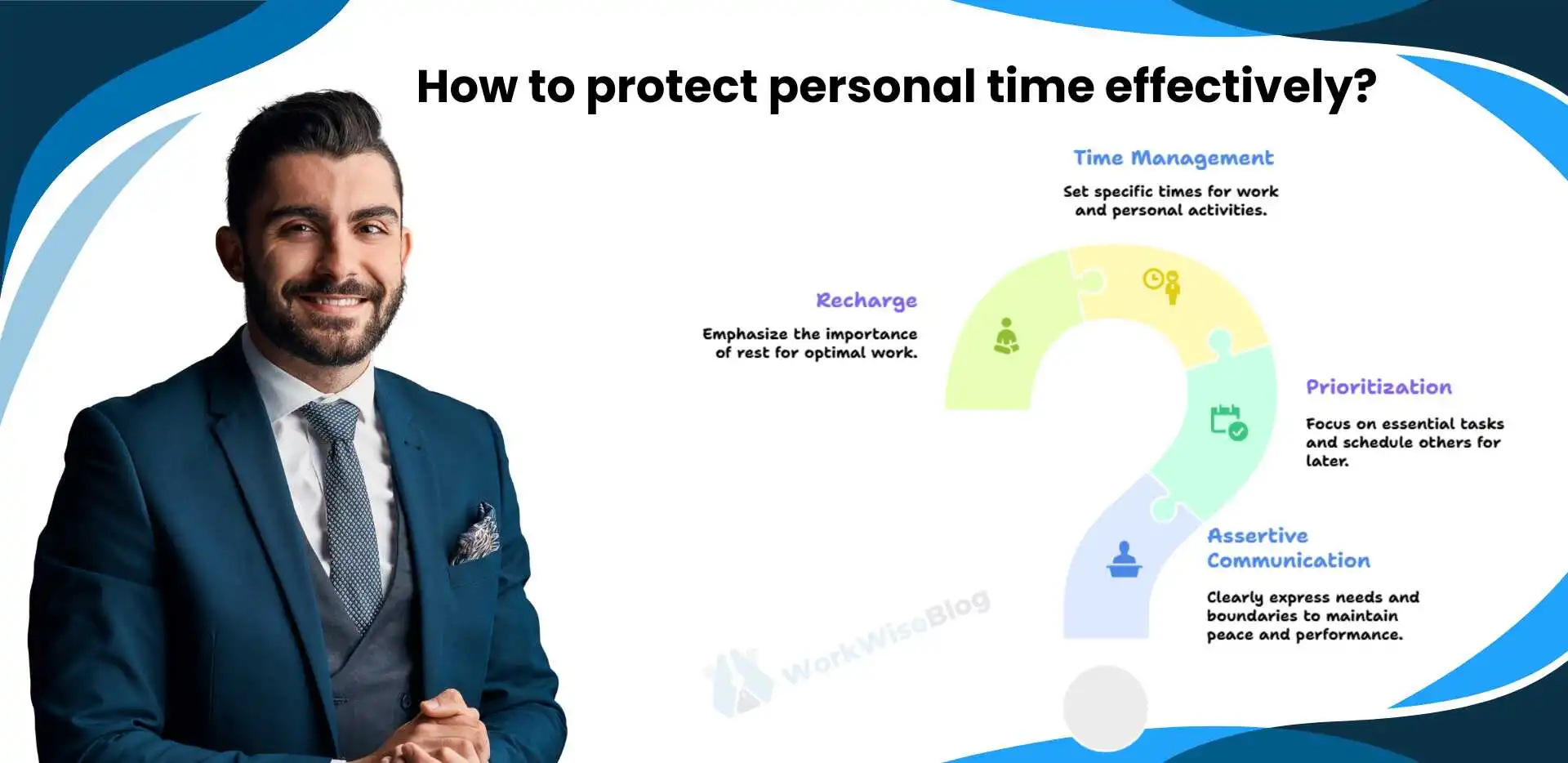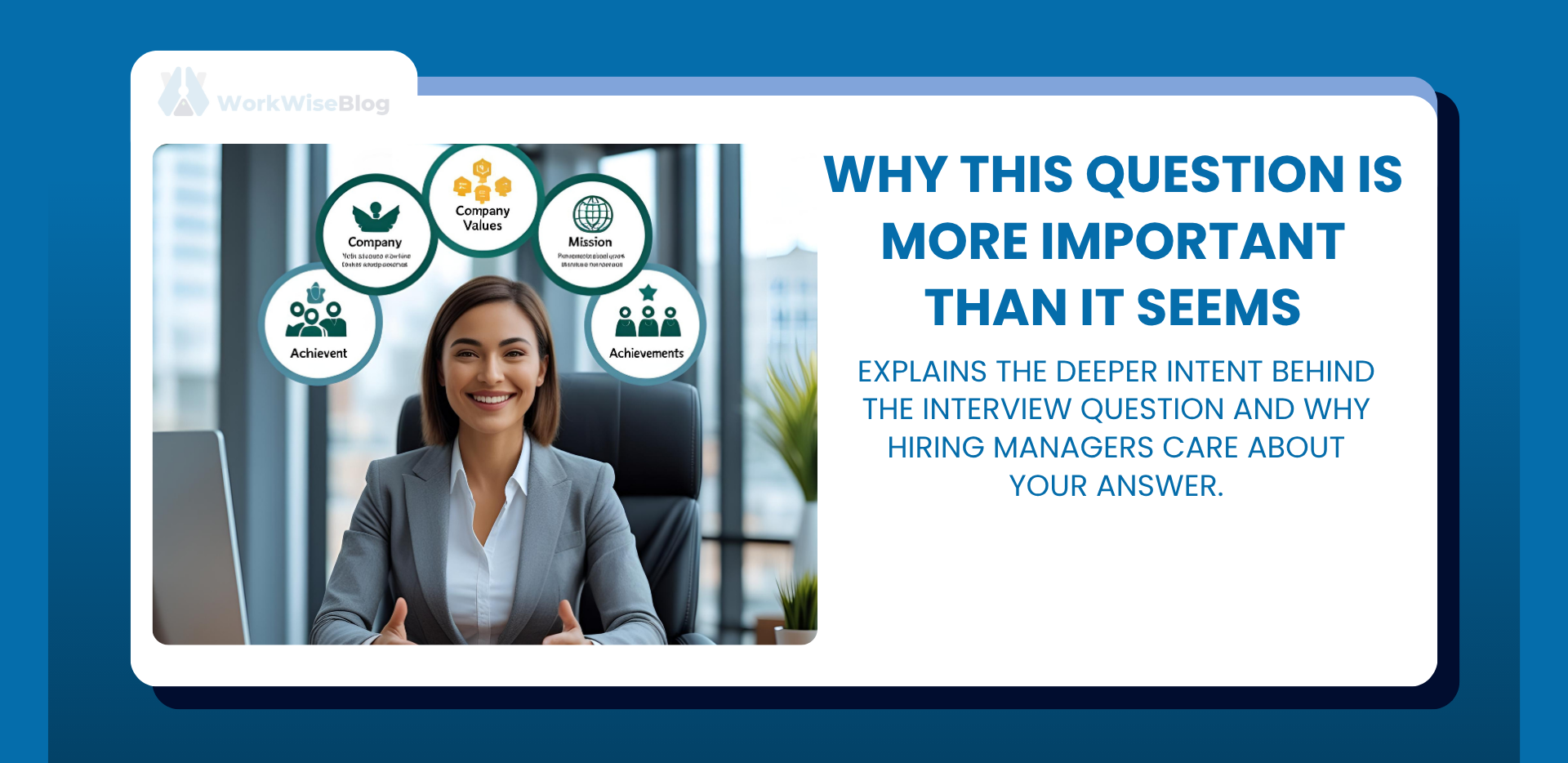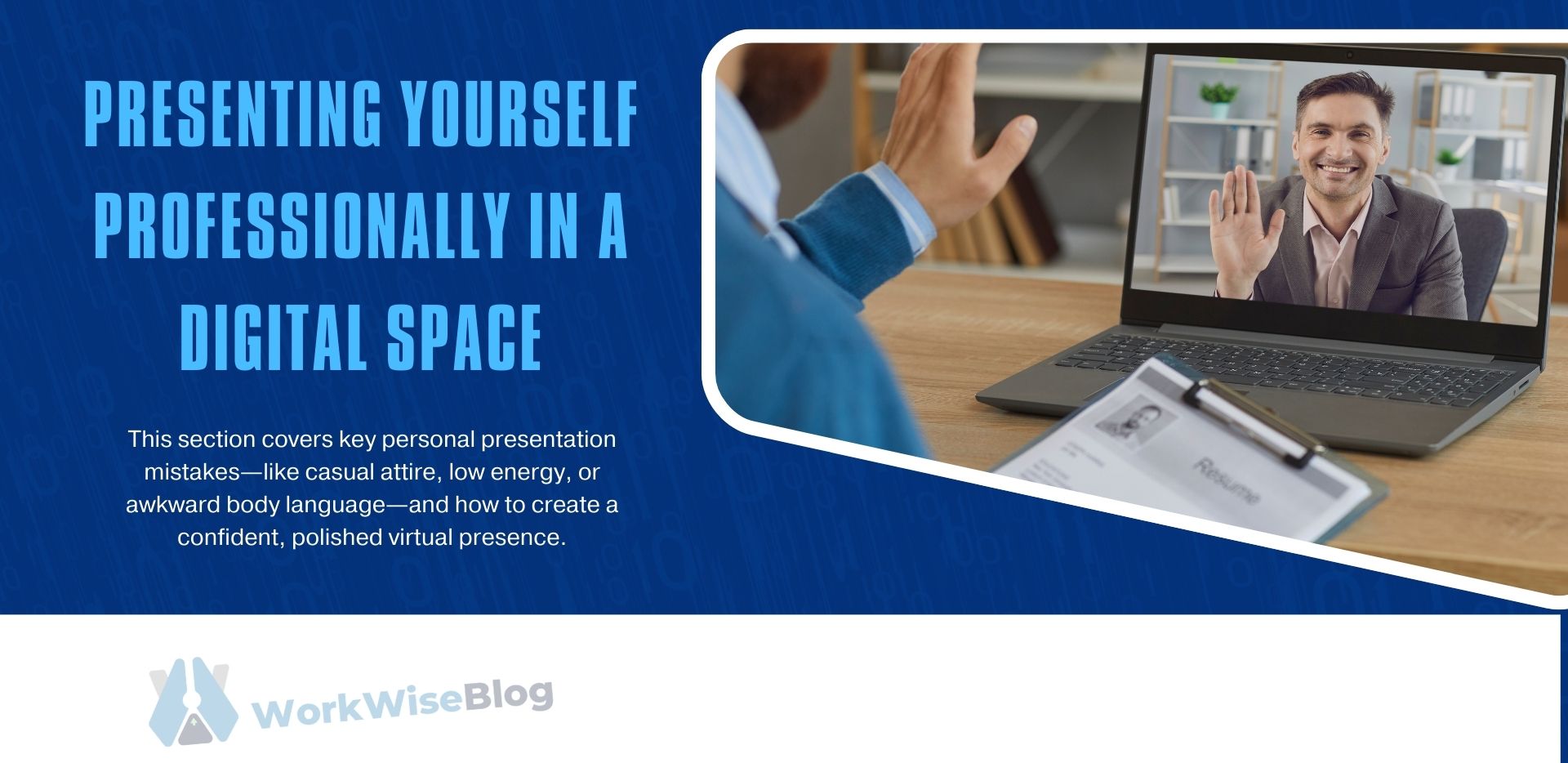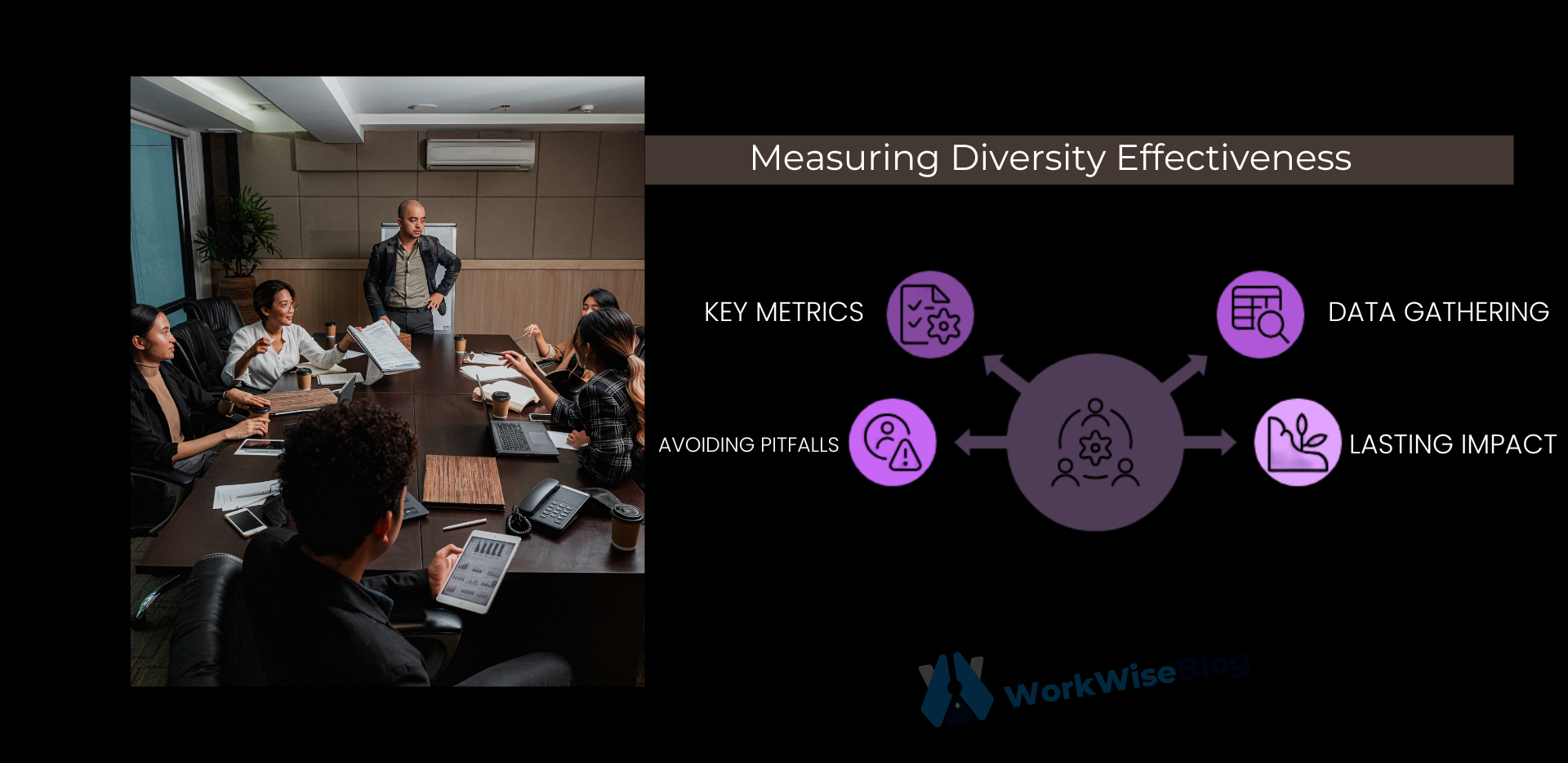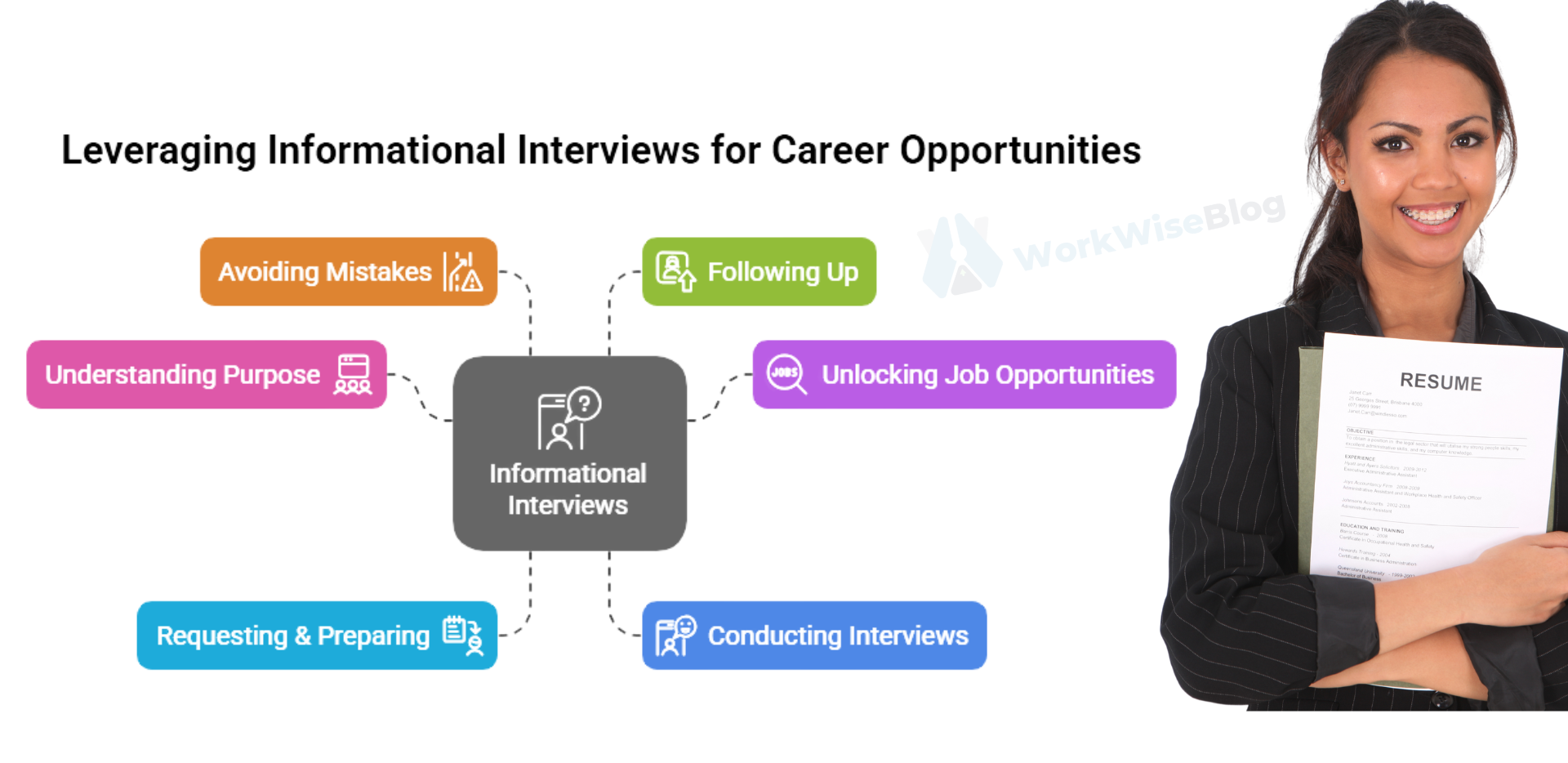
What Are Microaggressions?
Microaggressions are everyday verbal, non-verbal, or environmental slights, snubs, or insults that communicate negative or derogatory messages, often based on someone’s identity. These actions can be intentional or unintentional, but they reinforce harmful stereotypes and biases.
Types of Microaggressions:
- Microassaults: Overt, intentional discriminatory acts (e.g., offensive jokes).
- Microinsults: Subtle remarks that demean someone’s identity (e.g., “You’re so articulate” implying surprise that someone from a particular background speaks well).
- Microinvalidations: Comments that dismiss or negate someone’s experiences (e.g., “I don’t see color” or “Everyone faces challenges”).
While these behaviors may seem minor, they add up over time, eroding trust, engagement, and overall morale.

How Microaggressions Impact Workplace Morale
Microaggressions create a toxic work environment, whether they’re recognized or not. They can damage employee relationships, hinder productivity, and even lead to higher turnover rates.
1. Erodes Trust and Psychological Safety
Why It Matters:
Employees need to feel safe and respected to perform at their best. When microaggressions go unchecked, trust breaks down, and employees may become guarded or disengaged.
Example:
An employee repeatedly hears comments like, “Are you sure you can handle this project on your own?” Over time, they may begin to doubt their own abilities or feel excluded from critical opportunities.

2. Lowers Employee Engagement
Why It Matters:
When employees feel marginalized or misunderstood, they’re less likely to engage with their work or participate in team activities.
Example:
If an employee’s ideas are consistently dismissed in meetings while others’ suggestions are praised, they may stop contributing altogether, leading to lost innovation and creativity.

3. Increases Stress and Burnout
Why It Matters:
Experiencing microaggressions can take an emotional toll, leading to increased stress, anxiety, and burnout.
Example:
An employee from an underrepresented background might feel exhausted from constantly having to prove their worth or educate colleagues on diversity-related topics.
4. Contributes to Higher Turnover
Why It Matters:
If employees don’t feel valued or respected, they’re more likely to leave the organization, leading to costly turnover and talent loss.
Example:
A high-performing employee leaves after feeling marginalized by subtle comments about their age, gender, or cultural background.
Common Workplace Microaggressions (and How to Address Them)
Here are some examples of common microaggressions and how to respond effectively:
Microaggression | What It Implies | Better Approach |
“Where are you really from?” | Assumes someone doesn’t belong based on appearance. | “Tell me more about your background and experiences.” |
“You don’t look like a [job title].” | Reinforces stereotypes about certain roles. | “Can you share how your journey led you to this role?” |
“You’re too sensitive.” | Invalidates someone’s feelings and experiences. | “I appreciate you sharing your perspective. Let’s talk more about it.” |
“I don’t see color.” | Dismisses the reality of racial experiences. | “I value the diverse experiences everyone brings to the team.” |
The Role of Leaders in Addressing Microaggressions
Leaders play a critical role in identifying and addressing microaggressions in the workplace. Here’s how leaders can create a culture of respect and inclusion:
1. Educate Yourself and Your Team
Why It Matters:
Awareness is the first step in addressing microaggressions. Leaders need to recognize these behaviors and understand their impact.
Action Steps:
- Provide Diversity and Inclusion Training: Focus on unconscious bias, microaggressions, and inclusive communication.
- Encourage Open Conversations: Create spaces where employees feel safe to discuss their experiences.
2. Call Out Microaggressions When You See Them
Why It Matters:
Silence can be perceived as complicity. Leaders must address problematic behavior immediately.
Action Steps:
- Use a Respectful Approach: Address the behavior, not the person. For example, “Let’s rephrase that to ensure everyone feels respected.”
- Follow Up Privately: If a public correction isn’t appropriate, follow up privately to explain why the comment was problematic.
3. Foster a Culture of Feedback
Why It Matters:
Creating a feedback culture encourages employees to speak up about concerns and report microaggressions without fear of retaliation.
Action Steps:
- Implement Anonymous Reporting: Use tools like Officevibe or Culture Amp to collect anonymous feedback.
- Encourage Upward Feedback: Allow employees to provide feedback on leadership behaviors.
Using AI Tools to Monitor Workplace Sentiment
AI tools can help organizations detect patterns in employee feedback and identify areas where microaggressions may be occurring.
How AI Can Help:
- Sentiment Analysis: Tools like TINYpulse and Culture Amp analyze employee feedback to gauge overall morale and identify negative patterns.
- Bias Detection: AI can detect biased language in performance reviews or internal communications.
- Real-Time Feedback: Tools like Lattice provide real-time insights into employee engagement and well-being.
How to Build an Inclusive Workplace Culture
Building an inclusive workplace culture goes beyond addressing microaggressions. It requires ongoing effort and commitment from leaders and employees alike.
Actionable Tips:
- Establish Clear Policies: Outline a zero-tolerance policy for discriminatory behavior, including microaggressions.
- Provide Continuous Training: Offer regular training on diversity, inclusion, and respectful communication.
- Create Safe Spaces: Implement Employee Resource Groups (ERGs) to provide support and a sense of belonging for underrepresented employees.
- Recognize and Reward Inclusive Behavior: Highlight and reward employees who actively contribute to an inclusive culture.
Common Mistakes to Avoid
Ignoring Microaggressions:
Pretending they don’t exist will only worsen the problem.
Focusing Solely on Intent:
It’s not about whether the person meantto offend—it’s about the impact on the recipient.
Relying on One-Time Training:
Building an inclusive culture requires ongoing effort and reinforcement.
Final Thoughts
Microaggressions may seem subtle, but their impact on workplace morale is anything but. By recognizing and addressing these behaviors, leaders can create a culture of respect, trust, and inclusion. Building a workplace where employees feel valued and heard is the key to fostering long-term engagement and success.
Ready to build an inclusive culture? Start by addressing microaggressions today and creating a workplace that everyone loves to be part of.


